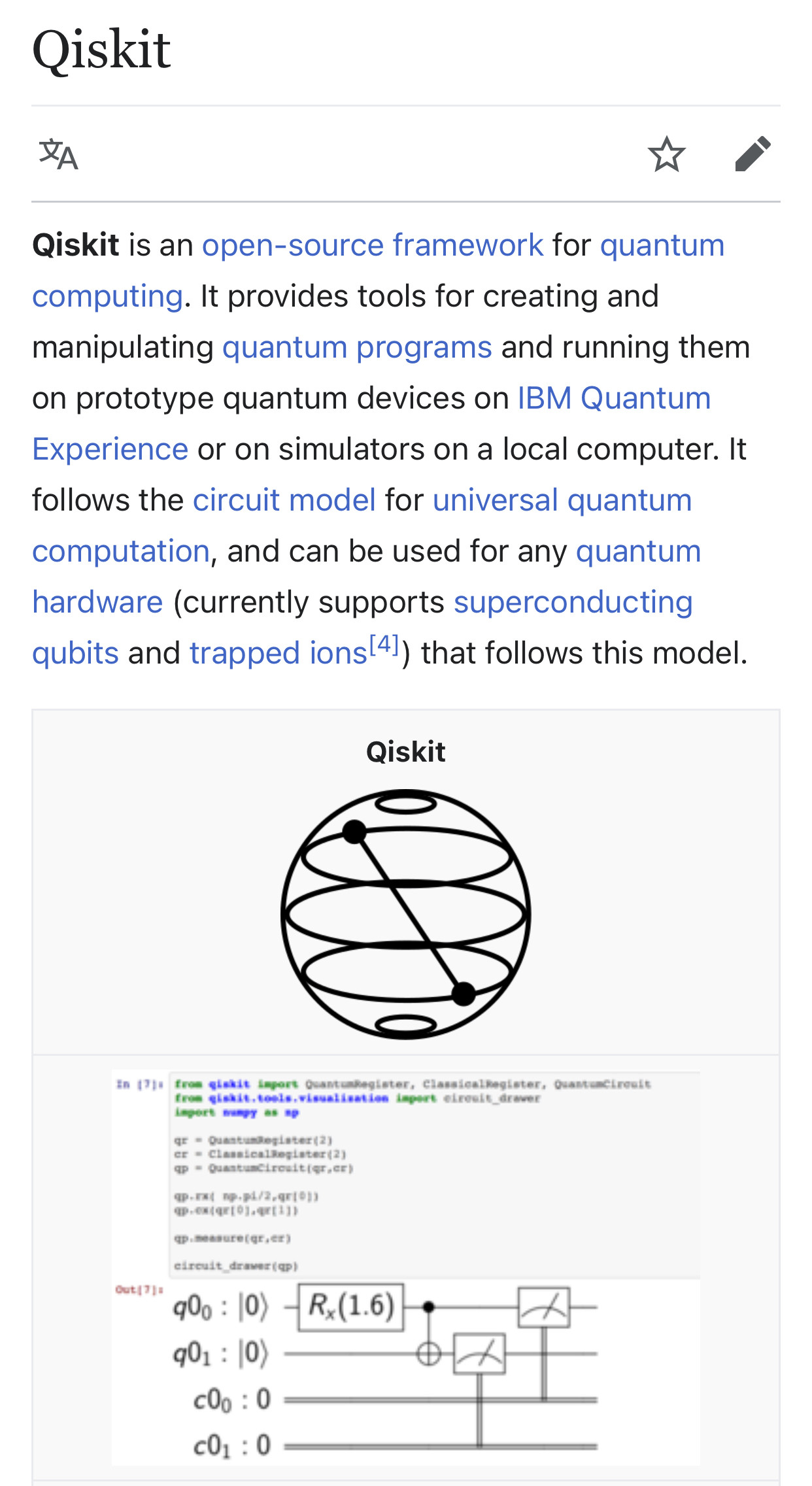Note:
Before a large-scale quantum internet sees the light of day, however, a lot of research is left to do to find out how best to encode, compress and transmit information thanks to quantum states. Typically, quantum information can be encoded in electrons that are trapped in artificially made crystals containing thousands of atoms, called quantum dots.
It is one thing to use a quantum dot to store quantum information, but it is another to then find and retrieve the data – and this is where the noisy, messy spin of the atomic nuclei is problematic.
"The solution (…) is to store the fragile quantum information by hiding it in the cloud of 100,000 atomic nuclei that each quantum dot contains, like a needle in a haystack," said Mete Atatüre, professor at Cambridge's Cavendish Laboratory, who led the research. "But if we try to communicate with these nuclei like we communicate with bits, they tend to 'flip' randomly, creating a noisy system."
The buzz of the cloud, in other words, makes it extremely challenging to retrieve information from the quantum dot. Cambridge's scientists devised a method to use the light from a laser to control an electron, which in turn can control the chaotic ensemble of nuclei spins. The electron can communicate with the cloud to create a collective spin wave that all nuclei follow – meaning that it is much easier to identify the qubit carrying quantum information when its spin flips.
Researchers have unveiled a new technique that they claim will make it possible to send, store and retrieve highly fragile quantum information, in an achievement that could break new ground in the field of quantum communications, and particularly in the future development of a quantum internet.
The researchers, from the University of Cambridge, designed a method to better control the behavior of a cloud of atomic nuclei in which they had injected a single particle encoded with quantum information, also called a quantum bit. This comes with a noise problem: with every nuclei spinning in a different direction within the cloud, it is near-impossible to identify the particle carrying information.
Using laser beams and a single electron, however, the physicists were able to control the spins of the nuclei, restore some order in the cloud, and as a result, detect the existence of the quantum information much easier.
The process is similar to finding a needle in a haystack, with a little extra help from experimental physics: the researchers injected a "needle" of quantum information in a "haystack" of nuclei, and then managed to control the behavior of the haystack to make it easier to find the needle. With success: the scientists were able to pin down a single qubit among a cloud of 100,000 spinning nuclei.
As the race to develop a fully fledged quantum computer accelerates around the world, so is interest in quantum communications growing. Closely tied to quantum computing, the field is concerned with developing ways to send and receive quantum information in the form of qubits. The idea is at the heart of the quantum internet, a project pursued by many countries around the world, which seeks to create a network that will let quantum devices exchange quantum information.
This reminds me of a 3D "mimick" or "knock off" of our connection to God. We are the needles in a source/universe/super intelligence/ Gods haystack or heart & totally individually recognized by our specific unique "quantum bit" which i call human essence. They can play with this all they want in a lab, but nothing replaces the real thing. However, it does create some fascinating technology tho, if used properly for no harm against humanity or earth ☀️

